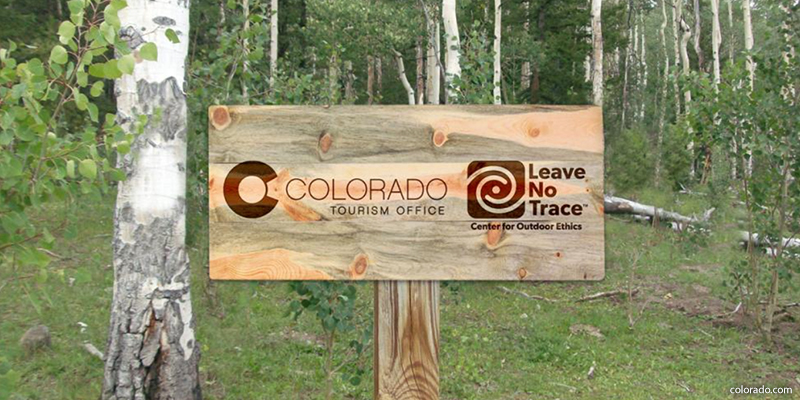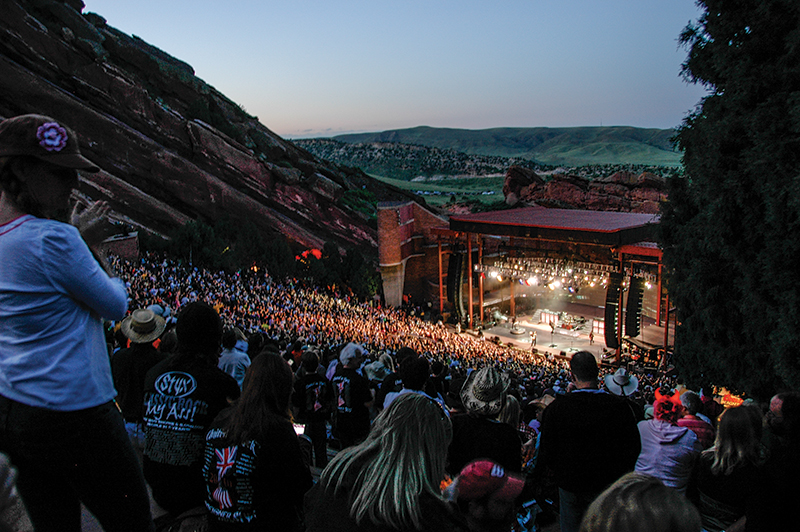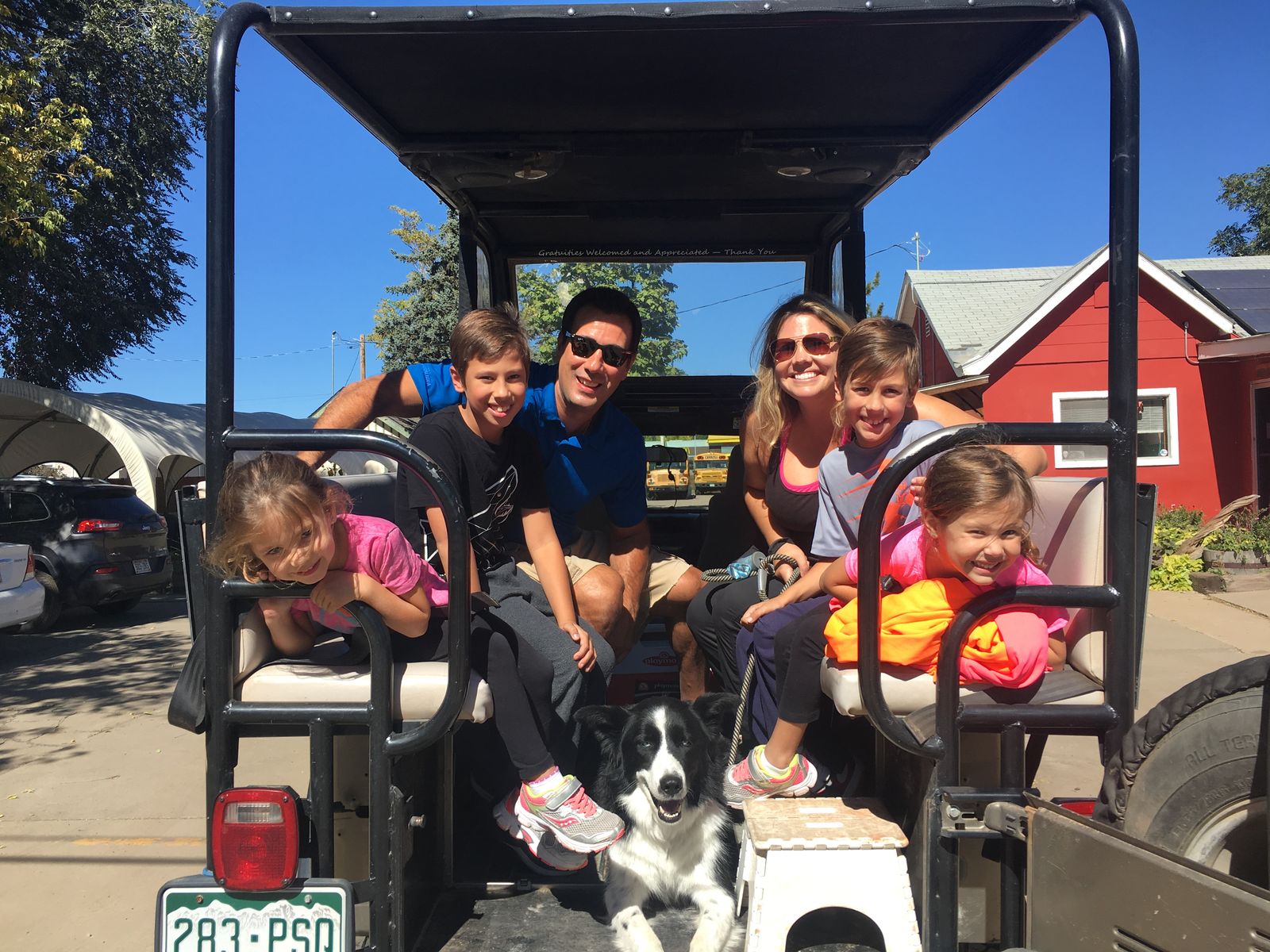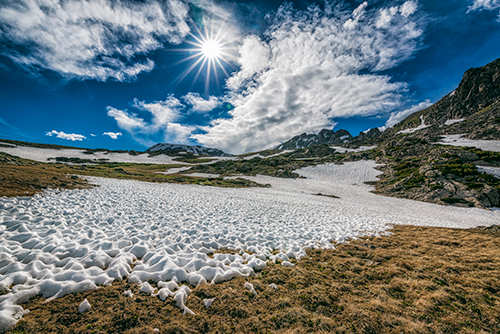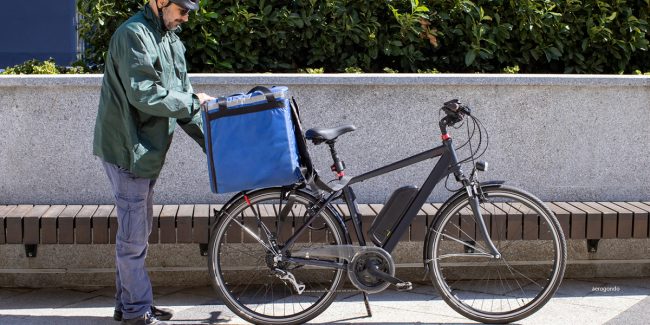The Importance of Leave No Trace in Colorado
By Emily Krempholtz
If you’re an outdoors enthusiast, something you may have heard along the way is “Leave No Trace.” This year, thousands of people have flocked to Colorado’s great outdoors in search of adventure and a respite from lockdown in their homes. It’s wonderful to see so many new faces out on the trails, trying new sports like mountain biking or taking camping trips with the whole family on the weekends. Still more are coming from out of state to see what Colorado has to offer, but with so many people out in the mountains, it’s more important than ever to follow Leave No Trace practices.
What is Leave No Trace?
Leave No Trace is an environmental initiative that provides a framework of seven practices for anyone interacting with the great outdoors. It’s an easy to remember phrase that helps you make minimal alterations to the environment around you in order to preserve nature for not only other humans who want to enjoy it, but also for the wildlife that calls it home.
The general idea of Leave No Trace is simple: when you get back into your car and leave the trail, no one should be able to tell you were there. That means packing out your trash, being respectful of the trail, wildflowers, and other natural features you encounter along the way, and not disturbing wildlife. If you’re camping, it means not digging trenches for your tent or building shelters and structures on public land; and if you’re out on a romantic jaunt, it means no carving your initials into the side of a tree.
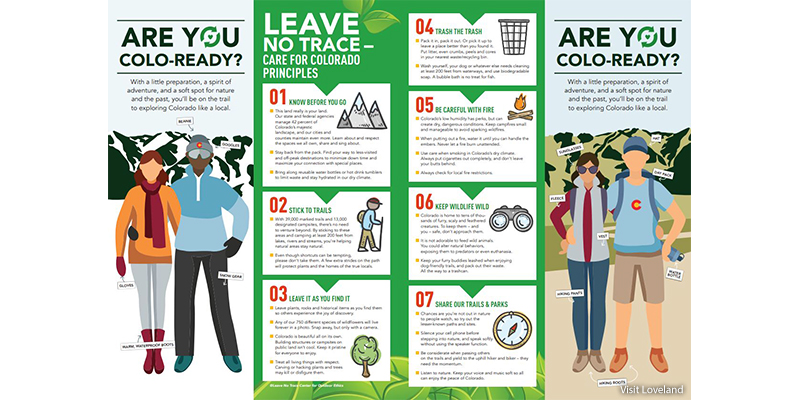
Leave No Trace in Colorado
The phrase “Leave No Trace” has been around for decades, but the organization was started in 1994 and is headquartered right here in Colorado. Since the 90s, Leave No trace has grown exponentially, partnering with states, federal bureaus like BLM and the National Park Service, corporate partners, and schools across the country to teach people of all ages how they can do their part to preserve nature. In Colorado, LNT provides site-specific training and restoration projects to popular Hot Spots like Mount Bierstadt, the Maroon Bells, and the Sangre de Cristo Wilderness to help these heavily trafficked areas stay pristine and wild. They also partner with summer camps like Avid4Adventure to help kids on the road to becoming ethical adventurers and stewards of nature from a young age.
7 Tips to Leave No Trace in Colorado
Leave No Trace teaches people that there are seven main actions you can take to minimize your impact when you interact with nature.
Know Before You Go. Educate yourself before you head outside. Is the trail you’re planning on hiking very popular and crowded on weekends? Consider going on a weekday, or at an off-peak time of day (just keep an eye on the weather!), or even choosing a different, less heavily-trafficked trail. Know Before You Go also means being prepared for whatever you might encounter on your adventure. Pack enough water for your trip, as well as layers of clothing, sunscreen, snacks, first aid supplies, and other things you might need. It’s also important to make sure you’re bringing a reusable water bottle/thermos for your beverages so you’re less tempted to toss it out on the trail.
- Stick to the Trail. When you can see switchback after switchback in front of you, it can be tempting to create your own shortcut, but stepping off trail means you risk damaging the plants that grow there and creating erosion patterns that could completely destroy the mountainside. Trails are there for a reason, and they are designed to have the least amount of impact on nature, so as tedious as it may be, please, no trailblazing.
Leave It As You Find It. We’ve all been there—you find the perfect, smoothest rock, and you want to bring it home for your garden, or the most colorful, vibrant wildflower that you know would look whimsical and sweet tucked behind your ear. But taking bits of nature away from where they belong—whether it’s dragging logs across a rock face to make a cool shelter, or stepping into an abandoned historical structure and damaging the nature that has grown up around it—means you’re leaving your mark, and potentially ruining the same unique find for anyone who comes after you. So next time you see a beautiful wildflower, take a picture. It’ll last longer.
Trash the Trash. Pack it in, pack it out. Get used to carrying a small trash bag in your backpack if you want to keep everything together and in one place. This includes biodegradable trash like fruit peels or pits, too, and absolutely includes dog poop. Dispose of these items only in a designated trash receptacle, and if there isn’t one, it’s your responsibility to hold on to it until you find one.
Be Careful With Fire. The Pine Gulch Wildfire of 2020 has been named the largest wildfire in Colorado history. It was started by a lightning strike, but that’s not always the case. Colorado’s dry climate means it’s like a tinderbox during the summer, and wildfires are a serious risk. Human-caused wildfires create immeasurable damage to the environment and put both people and wildlife at serious risk. ALWAYS check to see if there’s a burn ban before starting a fire, and keep those campfires small and manageable when you do light them. Never let a fire burn unattended, and always drown your fire with water until you can physically handle the embers with your bare hands. As for smoking in nature? Don’t. But if you have to, put your cigarettes out safely, and never leave your butts on the ground.
Keep Wildlife Wild. It sounds like common sense, but there are a lot of people out there who try and approach wildlife so they can get that perfect up-close picture, or feed them to try and make friends. But this does more harm than good—once animals are accustomed to humans or come to expect food, they can become dangerous and might even have to be killed. Use bear-safe canisters when hiking or camping in bear country, pack away your food waste instead of tossing it where critters will find it, and keep your own furry friends on a leash so no one gets into a dangerous situation.
Share Our Trails and Parks. You’re not the only person on the trail, and that means you need to be respectful to the others you’re sharing it with. Everyone is there to enjoy nature, so be considerate by silencing your cell phone and speaking softly to your companions to preserve tranquility. Avoid playing loud music, and yield to hikers or bikers moving much faster than you, or to those coming uphill when you’re on your way down—they need the momentum more than you! And like we said above, try to seek out less-crowded trails so you can enjoy the peace and quiet of nature without the crowds
Why is Leave No Trace Important?
Did you know that 9 out of 10 people are unaware of the environmental impact of their actions? Leave No Trace helps you keep in mind that everything you do in nature carries greater consequences. Those who disregard their personal impact in the wild face the danger of impacting the world around them in a negative way. Some of the problems Leave No Trace aims to circumvent include damage to trail systems, water pollution, overcrowding at parks, disturbing wildlife, and human-started wildfires.
Leaving no trace when you explore nature is always an important initiative, but now, with visitors flocking to Colorado from other states and plenty of beginner hikers, bikers, and adventurers dipping their toes into the figurative waters of the outdoors as a way to relax and de-stress, it’s more important than ever. Overcrowding is a major factor when it comes to destruction of trail systems and natural areas, and not everyone who visits these places understands that they are causing harm.
How Can I Help?
Leave No Trace is always on the lookout for volunteers for their cleanup initiatives, which take place on popular trails as well as right in the heart of Colorado’s biggest cities. They also accept donations, which go toward further outreach and education efforts, restoration projects, and other valuable initiatives.
But perhaps the most important thing you can do for Leave No Trace is to start at the individual level. Whenever you step outside, make sure you’re following the 7 Leave No Trace Principles. If you see someone on the trail ignoring these guidelines, don’t get angry—remember, they’re probably part of the 90% of people who don’t know they’re causing harm. Use the situation as an opportunity for gentle education. This means calmly explaining why their behavior is harmful and what they could do instead. And yeah, we get it, confrontation in any form isn’t fun for a lot of people, and depending on the situation could get heated, so if you’re not comfortable speaking out, you could also do your part by picking up trash you see on the trail, even if it’s not yours.
By working together and being conscious of our own impact on the world around us, we can keep Colorado beautiful and pristine for a lifetime to come.

